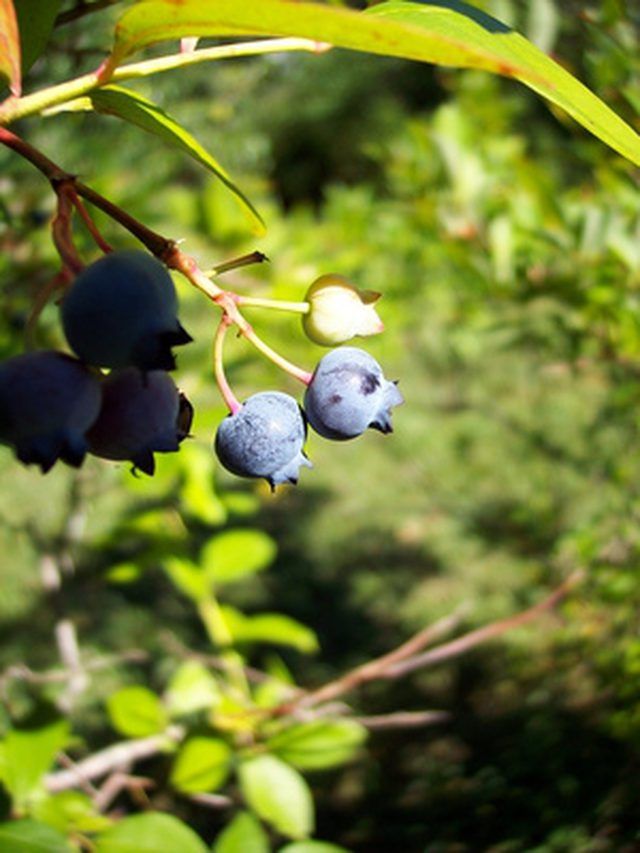Bulbs
Flower Basics
Flower Beds & Specialty Gardens
Flower Garden
Garden Furniture
Garden Gnomes
Garden Seeds
Garden Sheds
Garden Statues
Garden Tools & Supplies
Gardening Basics
Green & Organic
Groundcovers & Vines
Growing Annuals
Growing Basil
Growing Beans
Growing Berries
Growing Blueberries
Growing Cactus
Growing Corn
Growing Cotton
Growing Edibles
Growing Flowers
Growing Garlic
Growing Grapes
Growing Grass
Growing Herbs
Growing Jasmine
Growing Mint
Growing Mushrooms
Orchids
Growing Peanuts
Growing Perennials
Growing Plants
Growing Rosemary
Growing Roses
Growing Strawberries
Growing Sunflowers
Growing Thyme
Growing Tomatoes
Growing Tulips
Growing Vegetables
Herb Basics
Herb Garden
Indoor Growing
Landscaping Basics
Landscaping Patios
Landscaping Plants
Landscaping Shrubs
Landscaping Trees
Landscaping Walks & Pathways
Lawn Basics
Lawn Maintenance
Lawn Mowers
Lawn Ornaments
Lawn Planting
Lawn Tools
Outdoor Growing
Overall Landscape Planning
Pests, Weeds & Problems
Plant Basics
Rock Garden
Rose Garden
Shrubs
Soil
Specialty Gardens
Trees
Vegetable Garden
Yard Maintenance
How to Organically Make Soil Acidic
How to Organically Make Soil Acidic. Many plants, such as blueberries, require an acid soil for good growth and production of fruit. Acid soil occurs in areas of high rainfall or where the primary mulching material is acidic in nature. Oak leaves, for example, tend to be fairly acidic. Organic gardeners can mimic nature by using mineral additives...

Many plants, such as blueberries, require an acid soil for good growth and production of fruit. Acid soil occurs in areas of high rainfall or where the primary mulching material is acidic in nature. Oak leaves, for example, tend to be fairly acidic. Organic gardeners can mimic nature by using mineral additives or mulch to change the soil pH.
Things You'll Need
soil test kit
sulfur
acid mulch
digging tools
Determine the optimum soil acidity for particular plants in the planting bed. Read the material that came with your plants, or consult a gardening guide or growing manual. Ideally, soil preparation should occur several months before planting.
Dig or till the area to be planted in early fall. When the soil is soft and easy to mix, add powdered sulfur, a mineral, according to package directions. Sulfur is used to lower the pH, making soil more acidic. Retest yearly to be sure the correct pH is being maintained.
Mix in an acidic mulch, such as composted oak leaves or Douglas fir sawdust. This helps ensure continued acidity and good tilth--meaning the soil is easy to dig into, loose and well-aerated.
Maintain nitrogen levels. Decomposition depletes nitrogen in the soil, which can cause yellow leaves and other symptoms of poor growth. To maintain the levels, use soybean meal or green manure crops, such as alfalfa.
Tips & Warnings
Test the soil in the autumn, when most biological activity is over.
Organic soil amendment is best done several months before planting time.